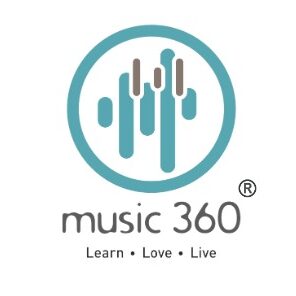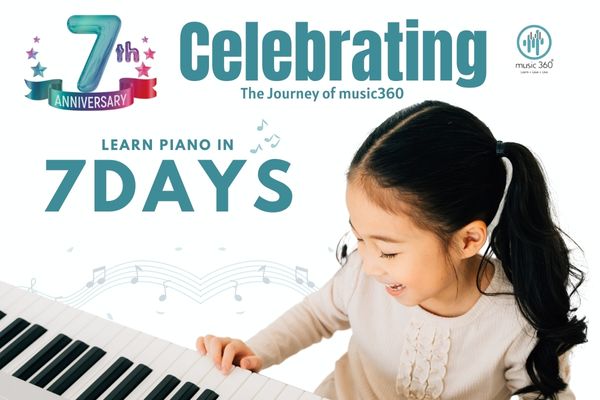Reading Time:10 minutes
Introduction: Unlock the power of Sight-Reading
No More Struggling with Sheet Music!
Are you frustrated over how long it takes you to learn a song from reading sheet music? Do you get overwhelmed every time you open up a piece of music filled with unfamiliar notes and symbols? The key to really getting the most out of being a pianist is through sight reading. This way, you will be able to play music effortlessly from a page straight, without wasting days memorizing every note.
But sight reading isn’t magic-it’s a skill that can be learned. In this post, we will outline a clear, step-by-step guide tailored especially for beginners. You will learn simple strategies to read music fluently and apply practical examples right away. By the end, you will have the tools to make sight reading an enjoyable part of your piano practice.
What is Sight-Reading, and why is It important?
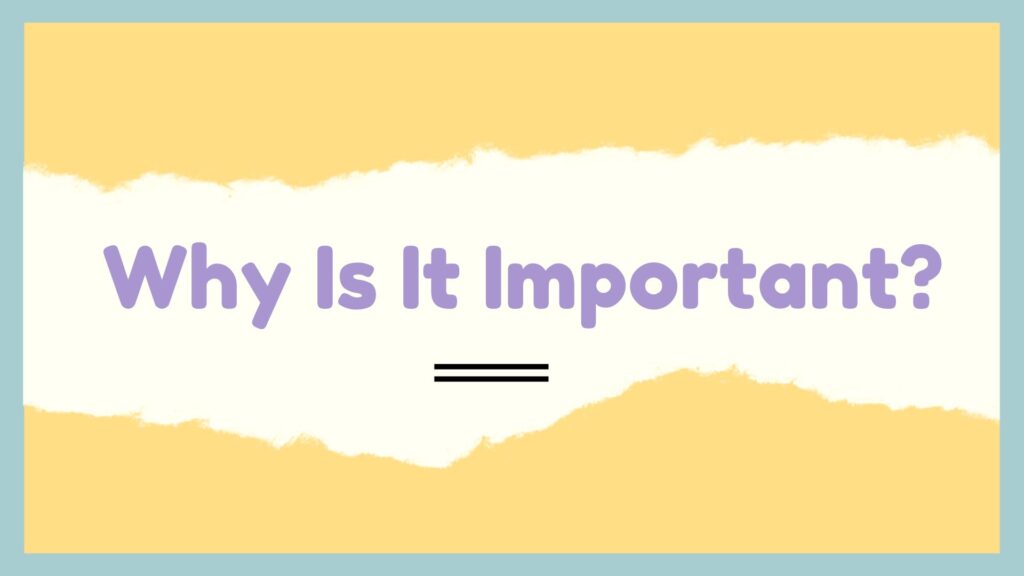
Sight reading, or reading a piece of music on the piano without ever having studied it, is like mastering reading words out loud from a book without any rehearsal. To pianists, aptitude in reading means the following:
- Learning songs with ease and without much hassle
- Performing with confidence in new situations like auditions or performances
- To have fun when playing different types of music without memorizing almost everything.
- And even 5–10 minutes of sight reading daily can make all the difference in time. So, let’s get started with the step-by-step guide on how to develop this very important skill.
Step-by-step guide to Sight-Reading for beginners
Step 1: Get Familiarized with Basic Music Notation
Before getting deep into the world of sight reading, ensure that you’ve attained a general understanding of the following:
- Various types of clef – Treble clef and bass clef.
- Identify note heads and their placement on the grand staff (A, B, C, D, E, F, G).
- Notational purposes: Whole note, half note, quarter note, and rests.
Quick Tip: Try memorizing the note with these mnemonics:
- Treble Clef Lines: “Every Good Boy Deserves Fudge” (E-G-B-D-F)
- Bass Clef Lines: “Good Boys Do Fine Always” (G-B-D-F-A)
Step 2: Simple Exercises
Example 1: Listening to Solo Notes
Print out a simple staff with just a few notes on it. Start by touching each note and saying the name of the note on it out loud.
Challenge: Set your timer for 2 minutes and see how many of these notes you can name correctly!
Activity 2 Sight-Reading Flashcards
Use music note flashcards (or apps like Note Trainer) to become comfortable recognizing notes quickly.
Why this helps: You get used to the appearance of notes so you can read them faster when you are reading actual sheet music.

Step 3: Read One Hand at a Time
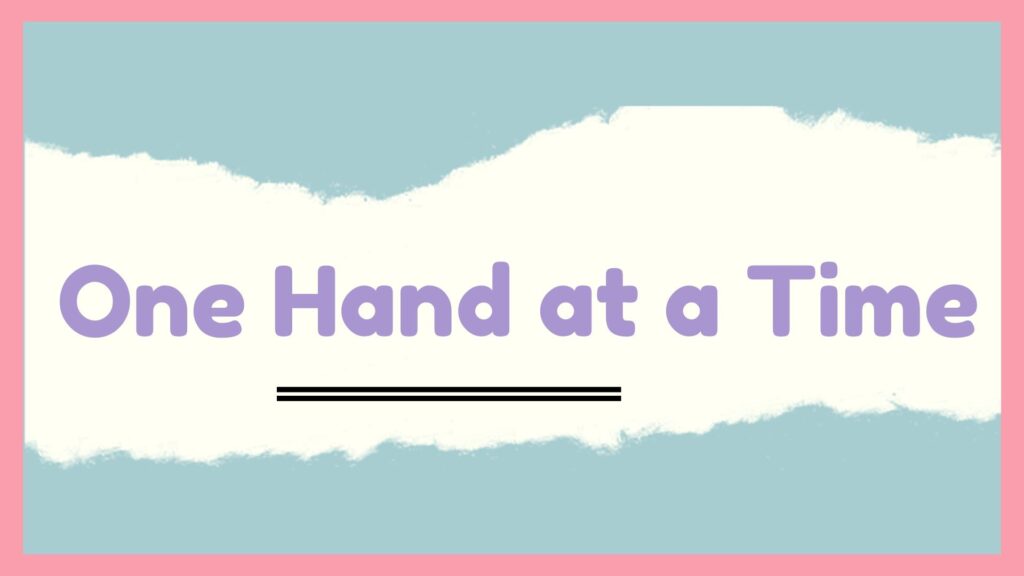
When you first start to learn a piece, begin reading only the treble clef or bass clef. To avoid confusion, it is best to practice reading one hand at a time.
Exercise:
- Select a simple melody, such as “Mary Had a Little Lamb”)).
- Only in the right hand (treble clef).
- As soon as you are ready, add in the left hand (bass clef).
Pro Tip: Use a metronome, even if you mess up-you’re going to get into the rhythm of continuing on without stopping which is important for sight reading.
Step 4: Awareness of Rhythm First, then of the Notes
Often, playing the right rhythm is more important than playing the right notes. If you get stuck on a difficult passage, keep going without stopping.
Exercise:
- Clap the rhythm of a song while looking at the sheet music, not playing the notes
- Then, play the same piece with just focusing on rhythm (use random notes if that’s what you need to do).
Why This Works: It conditions your mind to run on rhythms in the most efficient way possible, which is essential for smooth sight reading.
Step 5: Use Repetition Wisely—Don’t Memorize
Sight reading is reading a new piece every time. Avert playing the same piece repeatedly until you memorize it. Instead, cycle through different pieces daily.
Tip: Use books with graded exercises like “John Thompson’s Easiest Piano Course” or online apps like Music Notes to access easy sheet music for sight reading.
Step 6: Practice with Sight-Reading Apps and Tools
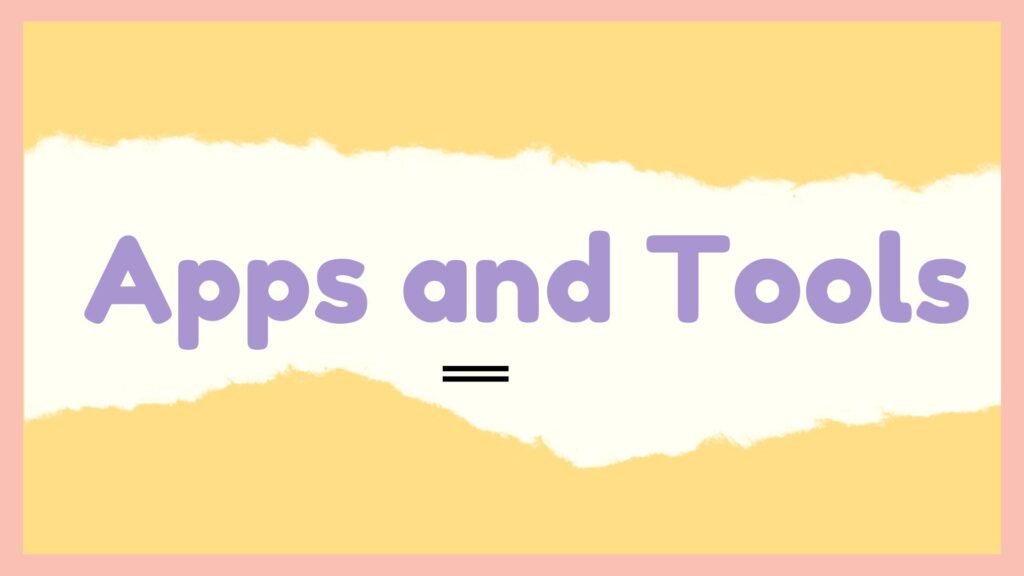
Recommended Tools:
- Simply Piano: Offers guided lessons and sight-reading challenges.
- Flowkey: Lets you sight-read real songs with interactive feedback.
- Yousician: A great app for developing both sight reading and playing skills.
These tools give you instant feedback and keep you motivated with small achievements along the way.
Step 7: Gradually Increase the Difficulty
Start with simple songs and exercises that only use a few notes. As you get better, move into more complex pieces with:
- Sharps and flats.
- Faster rhythms.
- Hands playing together.
Exercise:
Begin with nursery rhymes or simpler piano pieces. Increase difficulty to more accessible classical pieces, such as Bach’s “Minuet in G” or Beethoven’s “Ode to Joy.”
Step 8: Set a Daily Practice Routine

Practice each and every day, even for short periods of 5-10 minutes. You’d be surprised how fast it adds up.
- Sample Routine
- Warm-up (2 minutes): Note recognition using flashcards .
- Sight-read a new piece (5 minutes): focus on the rhythm, not necessarily the error.
- Review (3 minutes): Make errors and try again.
Common errors to avoid when reading simply by sight
- Stopping Too Often It is perfectly natural to make mistakes at first. Don’t stop over these mistakes. Just play through them.
- Playing Too Fast. Take it slow the first time. You will get faster with time.
- Relying on Memory. Be sure you are always introduced to new material to improve your reading.
How long does it take to become good at reading simply by sight?
With consistent practice, most starters find a marked improvement within a couple of weeks. However, mastering sight reading to a professional level can take several months and even years, depending on how committed you are and how you learn. The key is to enjoy keeping at it.
Conclusion
Sight Reading- Make It Fun and Attainable
It doesn’t have to be scary. The more you do small, daily practice sessions with the right tools, the easier it will be to read and play any piece of music. It is perfectly okay to make mistakes; the point is to keep trying. Recognize every little success, and you will find big achievements.

Call to Action: Begin Your Sight-Reading Adventure with Music360
We at Music360 recognize learning the piano can be overwhelming. Hereby, we have developed step-by-step courses and sight-reading challenges specifically tailored for beginners. Our engaging lessons and community support will get you playing your favorite songs faster than you think! Join Music360 today and take the first step to mastering sight reading. Let’s make your piano dreams a reality note at a time!
https://learn.music360world.com/courses/Piano-7-Days-Free-Trial-Course-6718fb042ba799797c369dc2
